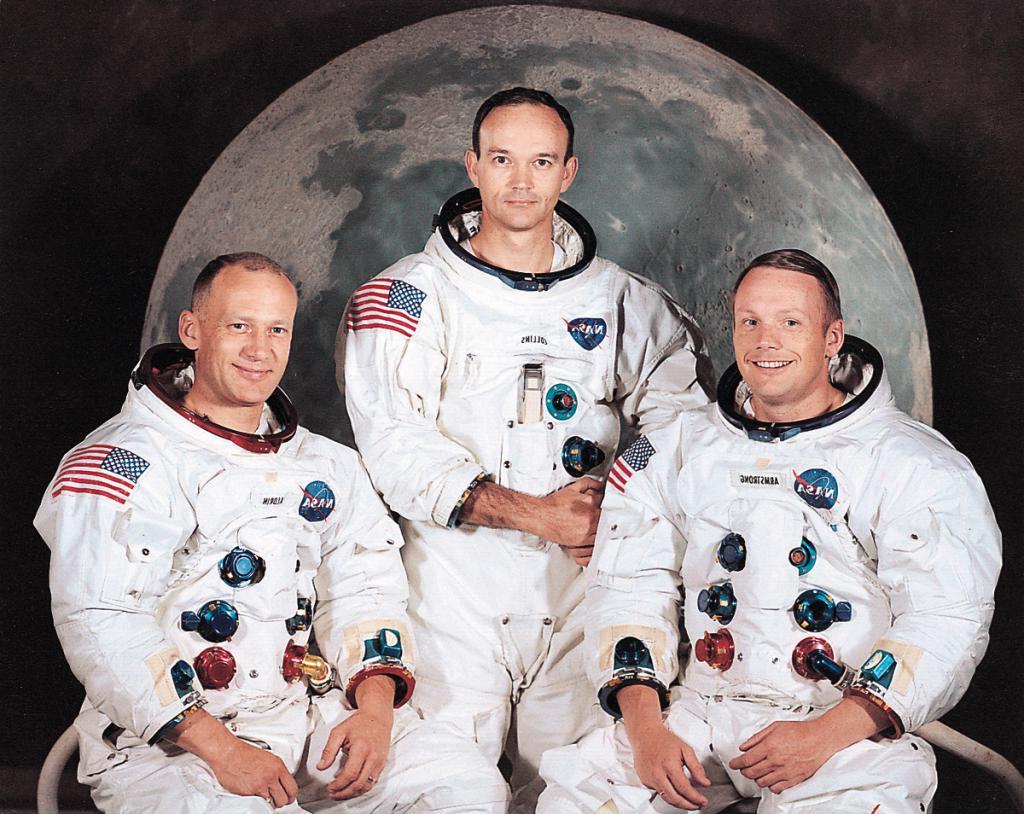July 24 marks the 50th anniversary of the landing of the Americans on the moon. Today there is a lot of speculation on this subject. Skeptics claim that there was no flight at all. And the main argument sounds "deadly" - if you flew in the 1960-1970s, why can’t they repeat today?
Space race

But the answer lies on the surface. The cost of the Apollo program cost US taxpayers $ 25.4 billion. You say not astronomically a lot? But only in terms of inflation, this amount is equivalent to 152 billion dollars today. Decent money, even for the United States. For comparison: NASA's total annual budget is about 20 billion.

Why in the 20th century could a country afford such a waste? I could not, but there was no choice. Then there was the so-called cold war with the USSR for world hegemony. The Soviet Union was one step ahead of the opponent, the first to launch an artificial satellite, a man into space, a lunar rover. The moon remained the last frontier for the States to save face. The colossal reserves of science and industry were thrown at this. Today, such heroes are not required. The Earth satellite has been studied quite well. A new target is Mars, whose visit will cost even more: from 400 billion to 1 trillion.
Engine of progress

Do not think that the capitalists have forgotten how to count money. In addition to the fact that the lunar program contributed to the development of new technologies, money was spent not for nothing, but for work. The beneficiaries were a variety of companies, for example, manufacturers ... of church organs Hammond Organ, who were instructed to make precise mechanisms like watches and mechanical timers.
But the largest preferences were given to such industrial and telecommunications giants as Boeing (one of the creators of the Saturn V rocket), Velcro (fasteners), Motorola (communication systems), Honeywell (avionics) and others. Most of the developments in the future for decades promoted the development of military and civilian technologies.
Who made money on the moon?

Hundreds of companies helped build the Apollo spacecraft, which sent Neil Armstrong, Buzz Aldrin and Michael Collins to the moon. And now we give specific examples:
- Honeywell - $ 141.3 million (stabilizers and controllers of subsystems);
- Aerojet Rocketdyne - $ 117.6 million (marching propulsion system);
- Pratt and Whitney - $ 95.1 million (fuel cell power plants);
- Northrop Grumman - $ 58.9 million (touchdown system);
- Beechcraft - 38.8 million (cryogenic equipment).
In general, the finished modules cost:
- Apollo 11 spacecraft - $ 355 million;
- super-heavy rocket "Saturn-5" - $ 185 million;
- command module - $ 55 million;
- Eagle lunar module - $ 40 million
To estimate today's value, multiply these numbers by 7.
